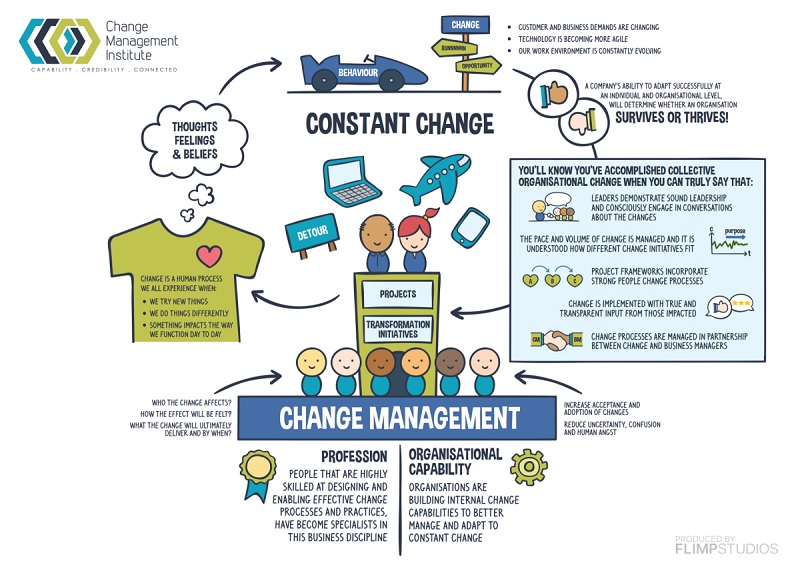Common Change Management Errors (67)
Not Realising That There Are Many Types Of Change Management
not realising that there are many types of change management. The 4 main ones :
a) strategic change (a shift at the management level of an organisation like automating processes, new business direction, etc)
b) operational change (linked with clients' experiences and satisfaction level; modifications to improve revenue and reduce costs like service and product quality, plus more effective processes)
c) development change (usually the result of technological breakthroughs; need the appropriate staff training for implementation)
d) cultural change (most difficult as it involves mindset and behavioural changes at all organisational levels)
(source: Manage HR, 2021a)
Another way of saying this
"...Organisational change refers to business technology and infrastructure change, process change and cultural transformation..."
Raechelle McLean, 2021
What is change management?

In general terms
"...Change management is the process of helping individuals and the organisation to transition from a current state to a desired state..."
Elizabeth Scott et al, 2017
Change can be described as
- continuous (ongoing adjustments of processes, systems, etc to make the organisation perform better, eg a permanent change in business environment)
- discontinuous (one-off change to handle a particular situation, eg a temporary change in organisational environment)
Change can also be
- proactive (anticipating potential opportunities or threats, eg reducing budgetary expenses in anticipation of a tough economic climate)
- reactive (responding to something that has already happened, eg reducing staff owing to an economic downturn)
Stages of proactive and reactive change
| "...Stage |
Proactive change |
Reactive change |
| 1. Initial emotions |
Individuals feel excited about doing something new and are eager for new learning opportunities |
Change induces shock, numbness and denial |
| 2. Secondary reactions |
A sense of determination drives people to meet new challenges, which results in either satisfaction from accomplishment or disappointment from a let down |
Humans often react to disruptive change with fear, anger and depression |
| 3. Coming to terms |
The realisation that an organisation has made change happen results in satisfaction; new status quo is achieved |
Individuals realise that change is going to happen and begin to choose whether or not they will participate in the change effort: this stage involves understanding acceptance, and moving on..." Elizabeth Scott et al, 2017 |
The levels of change (with increasing severity of impact) can be
- transactional (minor impact to daily operations, eg introducing a new program)
- operational (major impact to on-going operations, eg reorganisation that changes people's roles and the organisational structure)
- transformational (causing a fundamental organisational impact, eg changing the organisation's vision, mission and values)
